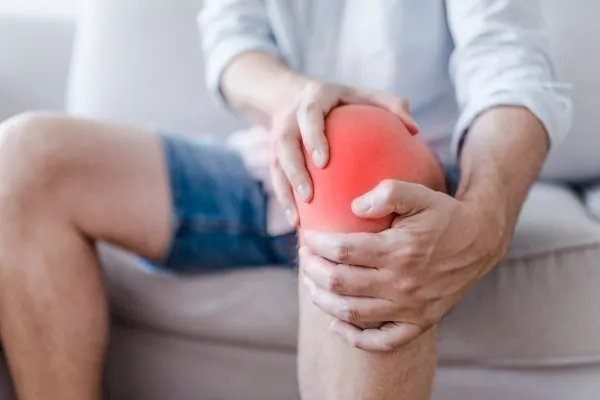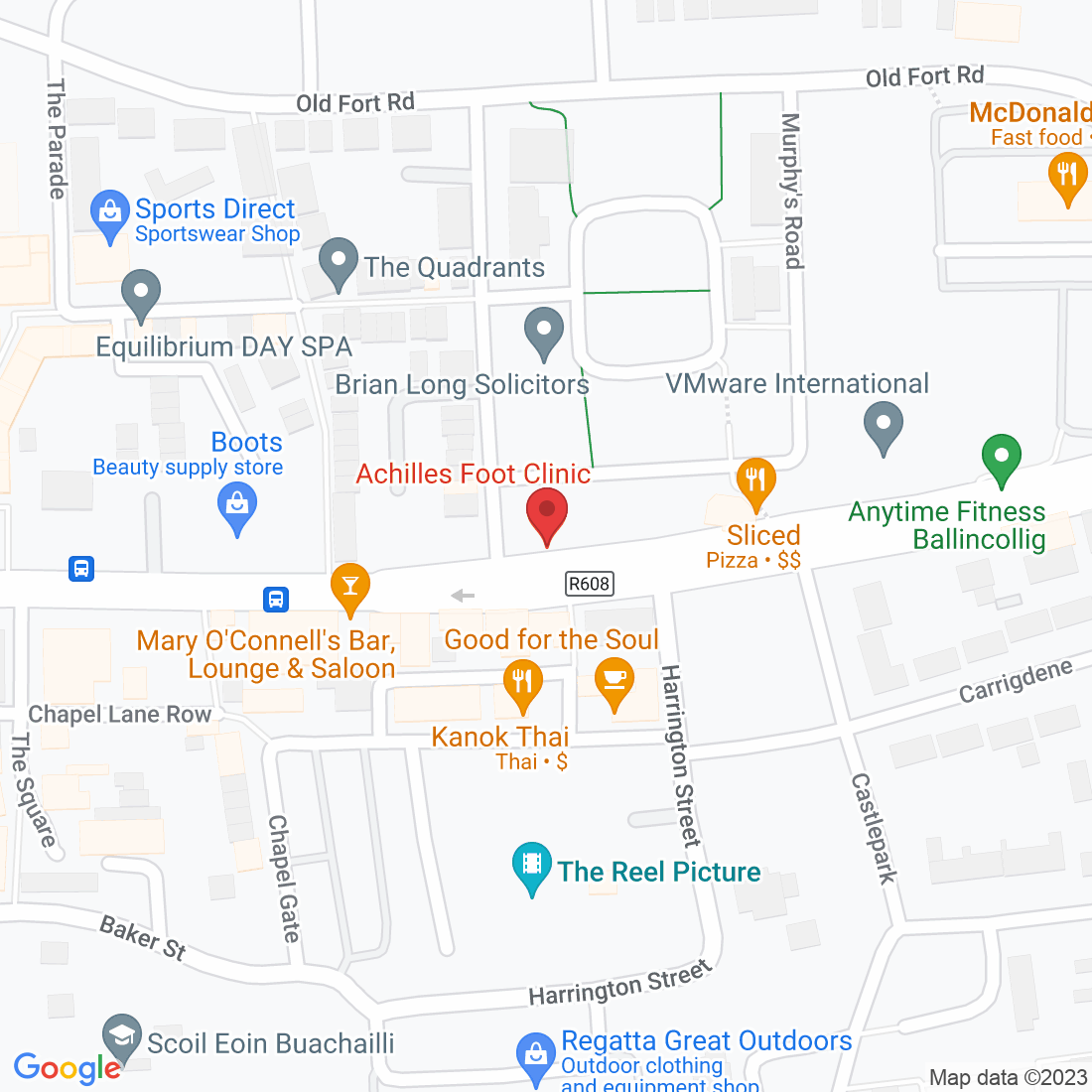
We have all been there, neglected a niggle in our foot and told ourselves that it would probably go away. Weeks have passed, even months, and it’s only getting worse. Then finally, when we are hobbling around barely able to walk, we decide to seek help…
Well, at Achilles Foot Clinic, we are here to help you.

Stop Knee Cap Pain: Understanding Patellar Tendinitis
Does a throbbing pain behind your kneecap have you wincing with every jump or step? You might be dealing with patellar tendinitis, a common condition that can sideline athletes and everyday people alike. Here at Achilles Foot Clinic, we're dedicated to helping you understand and overcome foot and knee pain. Today, we get into the world of patellar tendinitis, exploring its causes, symptoms, and effective treatment options.
Understanding the Engine: Your Knee Anatomy
Imagine your knee as a complex machine. The kneecap (patella) acts like a lever, connecting your quadriceps muscle (at the front of your thigh) to your shinbone through the patellar tendon. This tendon plays a vital role in extending your knee, allowing you to jump, run, and kick.
When the Engine Sputters: Causes of Patellar Tendinitis
Repetitive stress and overuse are the primary culprits behind patellar tendinitis. Activities that put a lot of strain on the patellar tendon, like running, jumping sports (basketball, volleyball), or frequent squatting, can lead to micro-tears in the tendon. These micro-tears, if left unaddressed, can eventually lead to inflammation and pain.
The Telltale Signs: Symptoms of Patellar Tendinitis
Pain behind the kneecap, especially during activity or while kneeling
Tenderness to the touch around the kneecap
Stiffness or difficulty bending the knee, particularly in the morning
A popping or snapping sensation in the knee
Taking Control: Treatment Options for Patellar Tendinitis
The good news is that patellar tendinitis is usually treatable with conservative measures.
Rest and activity modification: Reducing activities that aggravate your symptoms is crucial for allowing the tendon to heal.
Ice therapy: Applying ice packs to the affected area for 20-minute intervals can help reduce inflammation.
Anti-inflammatory medication: Over-the-counter pain relievers like ibuprofen can help manage pain and inflammation.
Physical therapy: Strengthening exercises can improve flexibility and stability in the knee joint, reducing stress on the patellar tendon.
Bracing or taping: Supportive braces or taping techniques might be used to provide additional support and stability during rehabilitation.
In severe cases, other options, like cortisone injections or even surgery, might be considered. However, most cases of patellar tendinitis resolve with a combination of rest, therapy, and lifestyle modifications.
Preventing the Pain: Tips for Avoiding Patellar Tendinitis
Prevention is always better than cure! Here are some tips to keep your knees happy:
Warm-up and cool-down: Always warm up before exercise to prepare your muscles and tendons, and cool down properly afterward to allow for recovery.
Strengthening exercises: Regularly strengthening your quadriceps and calf muscles can improve overall knee stability and reduce stress on the patellar tendon.
Proper footwear: Choose shoes that provide good support and cushioning for your activity.
Listen to your body: Don't push through pain. If you experience knee pain, take a break and consult your podiatrist.
Don't let knee pain hold you back!
At Achilles Foot Clinic, our experienced podiatrists can help you diagnose and treat patellar tendinitis effectively. We'll work with you to develop a personalised treatment plan designed to get you back on your feet, pain-free. Schedule an appointment today and take the first step towards a healthier, happier you!
Ask Lorcan And His Team
Fill in the form to request a Call From Our Team
Fill in the form to request a Call From Our Team
One of our team will call you for FREE and answer any questions or concerns you may have about Bunions.
One of our team will call you for FREE and answer any questions or concerns you may have about your uncomfortable Bunions.








